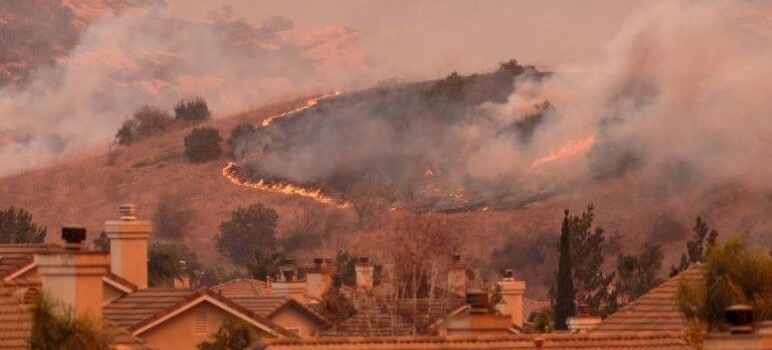Compared with recent year had burned in the state by late July, compared with an average of 120,000 acres by this point in each of the previous five years, according to CalFire, the state’s fire agency. An extraordinarily wet winter and an unusually cool spring and early summer are to thank.
But that picture started to shift in July.
Several wildfires erupted in mid July California amid a heat wave. The spate of blazes suggests that some of the benefits conferred by the wet conditions this year are wearing off: As temperatures warm and the rainy season recedes further into the past, vegetation is drying out and transforming into fuel that can help fires take off.
Those risks increased in August as the dry weather continued and temperatures remained hotter than normal.
“We’ve had a bit of a reprieve in many places up to the present, and that may be coming to a close,” said Daniel Swain, a climate scientist at U.C.L.A.
Many officials are on edge. Though last year’s fire season wasn’t extraordinary, eight of the 10 biggest fires in California’s history have occurred since 2017. A prolonged drought and unseasonably warm temperatures made 2020 the state’s worst year for fires on record.
Joe Tyler, the chief of the California Department of Forestry and Fire Protection, said that the rains this year most likely only delayed the height of fire season. (The season typically runs from July to October, though in recent, drought-stricken years major fires have started as early as January.)
At a news conference in July, Tyler said that 2023 could turn out to resemble 2017, which began with a wet winter before dry weather and strong winds conspired to whip up huge, fast-moving blazes in the fall. That year, wildfires in California killed 47 people and destroyed 11,000 structures.
“Wildfires are a fact in California,” Tyler said. “It’s not a question of if, but it’s matter of when that fire is going to strike.”
Soumya Karlamangla is a reporter for The New York Times. Copyright 2023, The New York Times.

